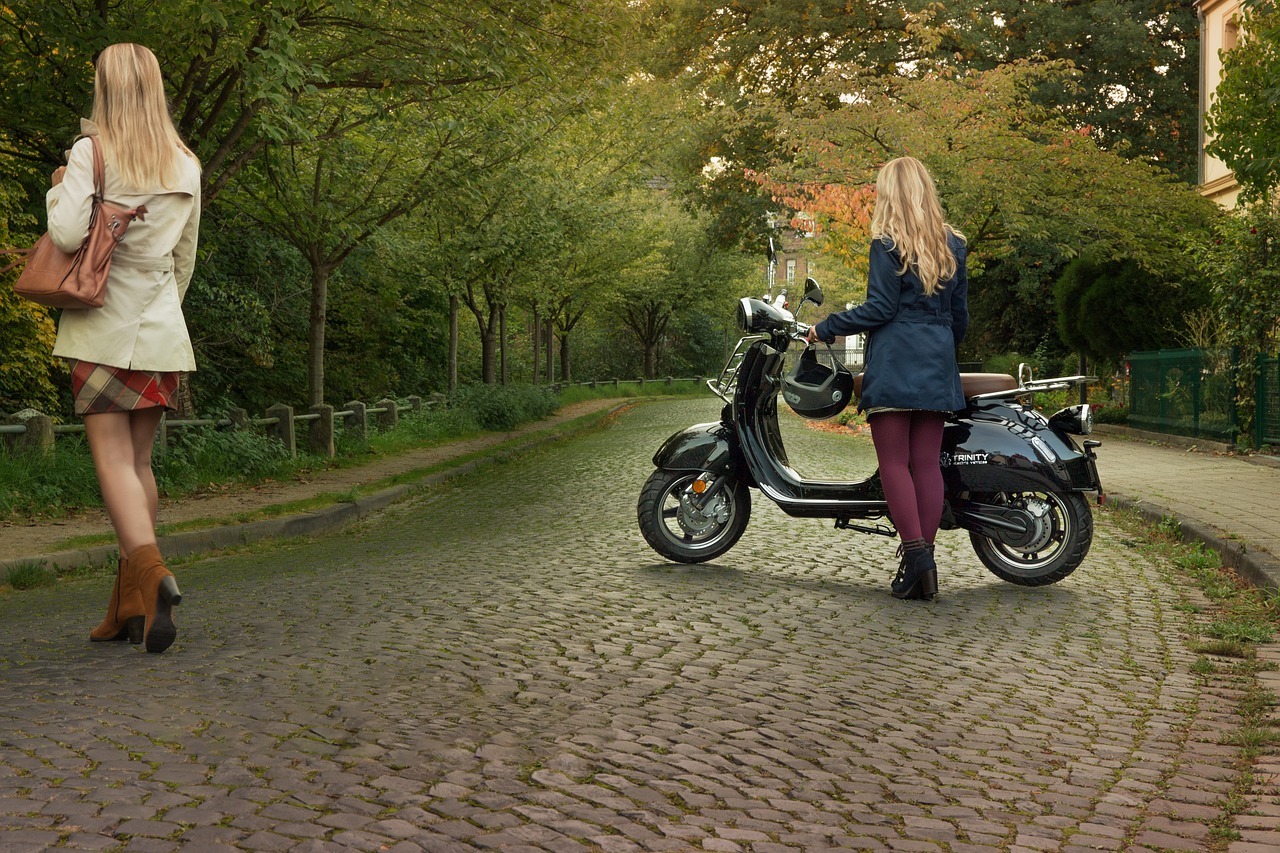Electric scooters also require specific primary care to extend their useful life. These vehicles are not very demanding when it comes to maintenance, but that does not require any attention.
Today we will share with you essential information to guarantee the durability and excellent care of your electric scooter. Check out Sturdywheel to learn more. So before starting, I hope this content will help you a lot. If you want to read buying guides and reviews of electric skateboard,electric scooters, visit New Age Activity for the best experience.
How to clean your electric scooter correctly?
Obviously, after a few outings of utilization, the electric scooter, as a rule, amasses dust, mud, to put it, all that will rely upon the zones through which the vehicle was voyaged, so it is ordinary that incidentally, the electric scooter requires a bit of cleaning. Notwithstanding, you ought not to utilize liquor, dye, or some other cleanser-based item! It is vital to forestall the scooter’s electrical parts from coming into contact with these kinds of things. To clean your electric scooter, utilize a clammy fabric with water and a little cleanser.
Cleaning the electric scooter has no secret, but it is important to avoid: Immerse the electric scooter in the water, even off, Wash the scooter with a hose, even out, Apply chemicals or cleaning products directly to the scooter, mainly to the engine. And finally, it is essential to avoid storing the electric scooter dirty or wet.
How to better conserve the batteries of the electric scooter?
Over time, any battery ages regardless of whether it is used or not. The loss of voltage and capacity results from the useful life of the electric scooter’s battery. However, a series of precautions can take into account that will extend your scooter’s battery life.
Use original accessories. Among the accessories that comes with the electric scooter is the original battery charger, and it is vital to use the original charger. Devices with a high-performance battery have higher than regular charging needs, so standard chargers usually do not provide enough power to the battery, increasing charging time.
Prevent the battery from completely discharging. As far as possible, it is essential to avoid using the scooter to limit its capacity. In other words, it is recommended to prevent the electric scooter battery from completely discharging. It is recommended to charge the scooter when the battery is 10-15% of its remaining capacity.
Avoid high temperatures. Batteries, in general, do not tolerate high temperatures well. This circumstance considerably reduces its autonomy, so it is advisable to charge the battery in a more relaxed area.
Lack of use of electric scooters: If the electric scooter is not going to be used for a long time, it is advisable to charge the battery to 40-50% before storing it. If the scooter is stored with a fully discharged battery, the battery may not recharge.
Avoid sudden accelerations. This aspect necessarily affects driving. It is recommended that the acceleration be gradual so that the battery gradually discharges. In other words, to extend the life of your scooter’s battery, it is essential to avoid rash driving with intervals of maximum acceleration.
Other electric scooter care
Make sure your weight is suitable for your electric scooter. It is not recommended to reach the maximum load limit as this will affect the scooter’s performance. The speed and autonomy of the electric scooter are directly related to the driver’s weight, without prejudice to other factors that will also affect the speed and independence, such as the type of driving, type of terrain, etc.
Do not use your electric scooter on steep climbs or rough terrain (sand, mud, and the like). Flat, well-paved routes are preferable. Learn to use the accelerator and brake smoothly. Sudden acceleration and braking break and wear down the scooter’s battery and motor. The electric scooter is NOT designed for the execution of radical maneuvers. Therefore it should NOT be used for jumps, ramps, drifts, and steep climbs.

